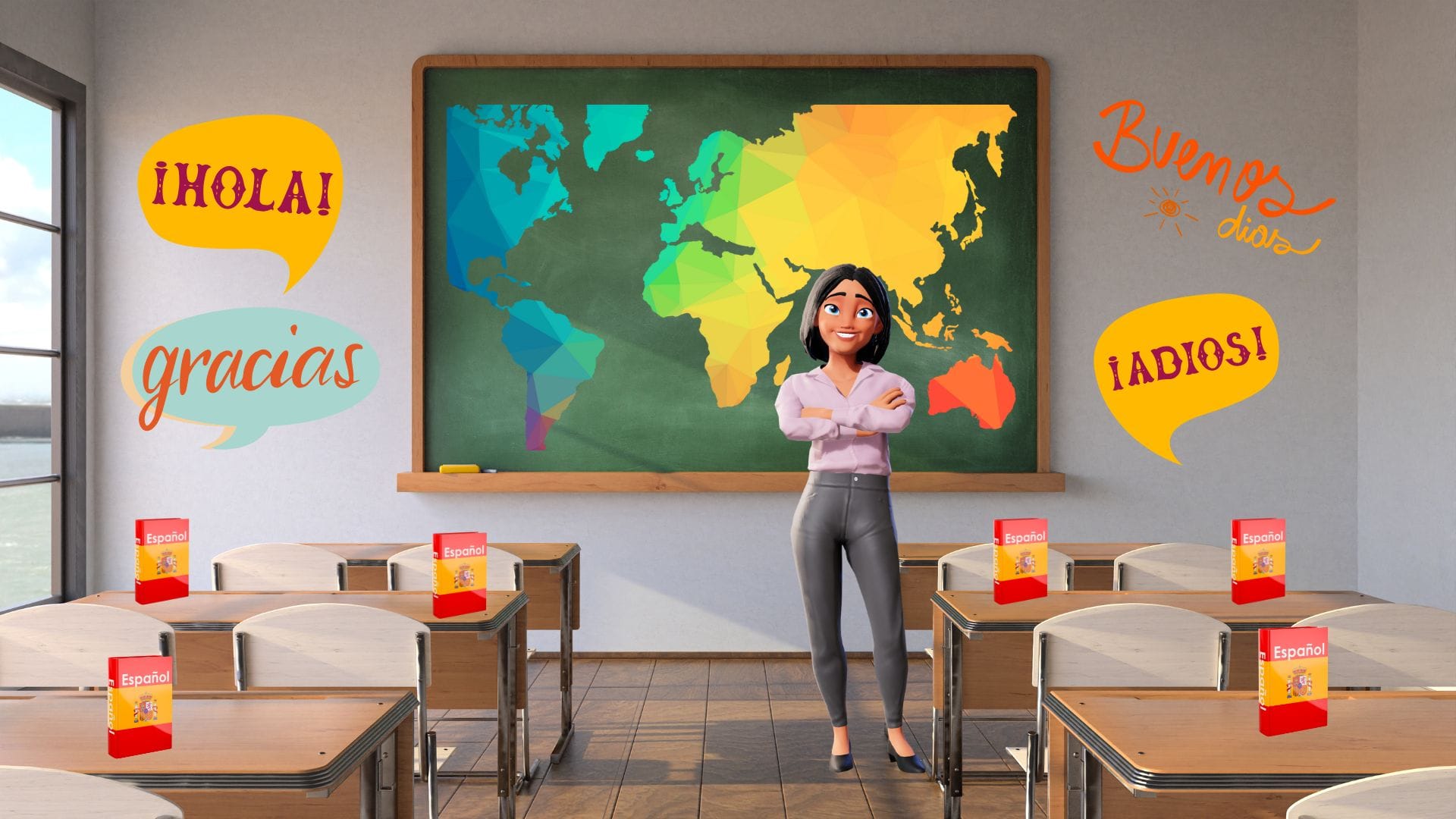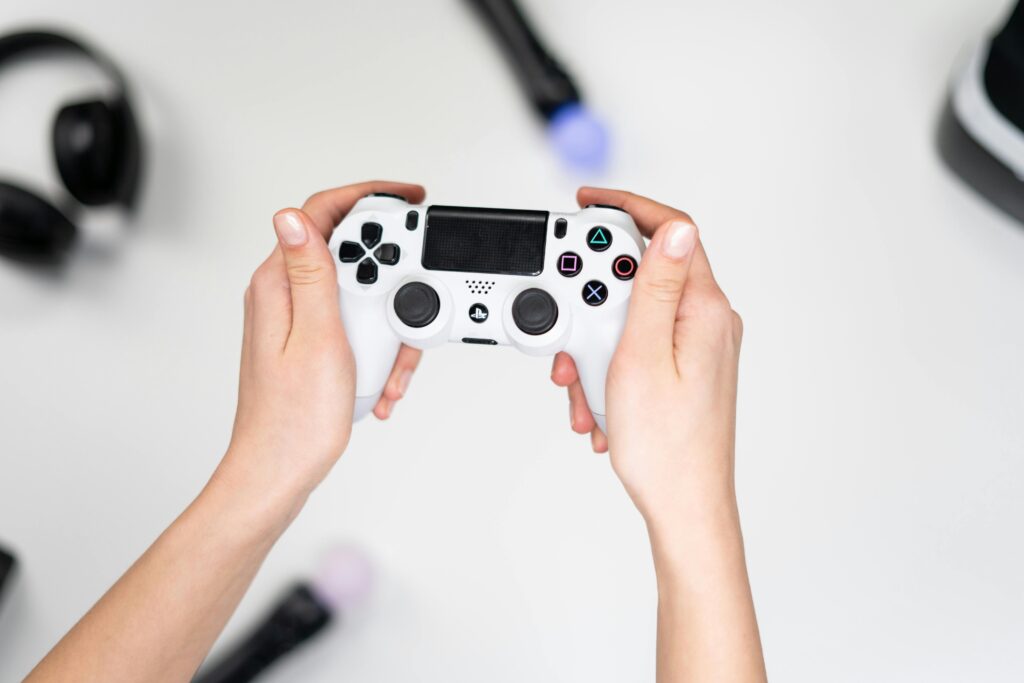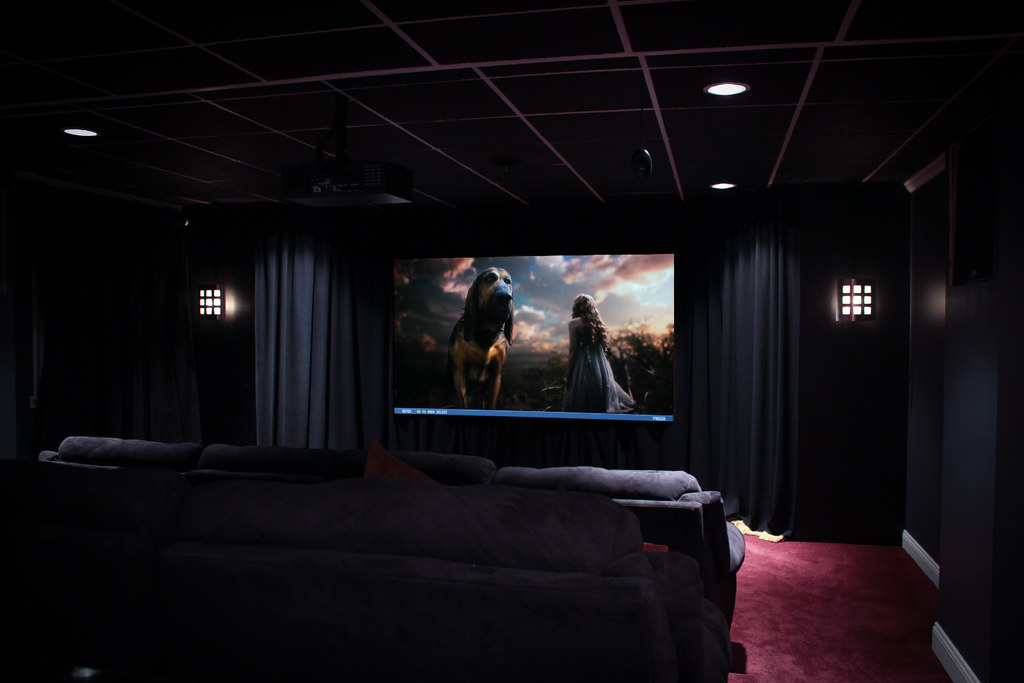Technology has always played a crucial role in shaping the way we learn and retain information. From the printing press to the digital revolution, education has consistently adapted to innovation. One of the biggest breakthroughs today is Extended Reality (XR), a term that includes both Augmented Reality (AR) and Virtual Reality (VR).
In classrooms and professional training programs, AR and VR are no longer distant ideas from science fiction. They are transforming education into a more immersive, interactive, and practical experience, helping students and professionals retain knowledge better and apply it more effectively in the real world.
Let’s dive into how extended reality impacts classrooms, professional training, and why it’s soon becoming a cornerstone of education across Tier-1 countries like the US, UK, Canada, and Australia.
What is Extended Reality (XR)?
Before exploring its applications in learning, it’s important to understand what XR means.
- Virtual Reality (VR): A fully simulated digital environment where learners immerse themselves in 3D virtual spaces using headsets like Oculus or HTC Vive.
- Augmented Reality (AR): The blending of digital elements with the real-world environment, often through apps or AR glasses, where digital objects overlay real-world views.
Together, they create Extended Reality (XR), offering an entirely new way to deliver instructions, training, and skill-building.
How XR is Revamping Classrooms
Enhancing Student Engagement
Traditional learning often struggles to maintain student attention. XR changes this by making lessons active experiences. Instead of reading about the Roman Empire, students can virtually walk through the Colosseum. Instead of watching videos on space, they can explore solar systems in 3D. This hands-on approach captures attention and boosts learning retention.
Making Abstract Concepts Concrete
Whether it’s understanding complex scientific theories or visualizing molecular structures, AR and VR allow students to see concepts in action. For example, chemistry students can interact with 3D molecules, while physics students can experiment with virtual simulations without the risks or costs associated with real labs.
Inclusive and Accessible Learning
AR and VR can make education more inclusive by offering customized learning experiences. Students with different learning styles—visual, auditory, or kinesthetic—can all benefit from the immersive approach. Additionally, immersive technologies can support learners with disabilities, making education more accessible than ever.
Applications of XR in Professional Training
While classrooms are evolving with XR, the real power of this technology shines in professional training and workforce development. For industries that demand hands-on practice, safety training, or precise skill-building, XR provides unmatched advantages.
Healthcare Training
Medical students and professionals benefit greatly from VR. Virtual surgeries allow them to practice delicate procedures repeatedly without risking patient safety. Similarly, AR overlays can guide surgeons in real time, enhancing precision and reducing mistakes.
Aviation and Military
Flight simulators powered by VR help pilots train in realistic environments without leaving the ground. Military professionals benefit from simulations that recreate tactical scenarios, emergency responses, and equipment training—skills that are hard to practice in real life due to cost or danger.
Corporate Learning
From onboarding new employees to developing leadership and soft skills, AR and VR create engaging and effective corporate training modules. Employees can experience workplace scenarios virtually, practice decision-making, and improve confidence before applying skills in the real world.
Skilled Trades and Engineering
Electricians, mechanics, and engineers often need years of apprenticeship to master their craft. XR speeds up this process by allowing them to practice in safe virtual environments, handling tools, systems, and equipment in realistic simulations.
Key Benefits of XR in Learning and Training
Cost-Effective Over Time
Though the initial investment may seem high, XR reduces the long-term costs of equipment, travel, and safety risks. Training modules can be reused, and virtual environments replicate real-world conditions without recurring expenses.
Higher Retention and Application of Knowledge
Research shows that immersive learning improves retention by engaging multiple senses. XR ensures learners not only absorb information but also understand how to apply it effectively.
Safe Learning Environments
From surgeons to nuclear plant workers, XR allows learners to practice high-risk tasks in entirely safe virtual environments. Mistakes can become part of the learning process without real-world consequences.
Personalized Learning Experiences
Traditional classrooms and training sessions often follow one-size-fits-all approaches. With XR, learners can move at their own pace, revisit modules, and practice until comfortable. This creates a personalized path to mastery.
Challenges of XR in Education and Training
Despite its benefits, XR adoption isn’t without hurdles.
- High Initial Costs: XR hardware like VR headsets and AR glasses can be expensive for schools and businesses.
- Technical Barriers: Not all institutions have access to strong internet connections or the devices necessary for XR learning.
- Teacher and Trainer Adaptation: Educators need training themselves to effectively integrate XR into their lessons.
- Motion Sickness and Accessibility: Some users may experience discomfort with prolonged VR use, while others may require special accommodations.
However, as XR technology becomes more common, device costs are dropping and accessibility tools are improving rapidly.
The Future of XR in Classrooms and Training
The potential of XR in education and professional training is enormous. With advancements in 5G connectivity, AI integration, and lightweight headsets, XR will become more accessible and user-friendly.
- Blended Learning Models: Traditional instruction combined with XR modules will offer the best of both worlds.
- Global Classrooms: VR can connect students from around the globe in the same virtual space, breaking barriers of geography.
- Lifelong Learning: As industries evolve, XR will play a major role in upskilling and reskilling workers throughout their careers.
Government initiatives and corporate investment in Tier-1 countries suggest that XR is not just a trend but a long-term direction for learning and training.
Conclusion
Extended Reality (AR/VR) is opening new horizons in both classrooms and professional training. With its ability to create immersive, engaging, and safe learning environments, XR is pushing education out of textbooks and into real-world action. From helping students better understand complex concepts to training surgeons, pilots, and engineers, XR is bridging the gap between theory and practice.
As this technology becomes more affordable and widespread, it will shape a future where learning is not just about listening and memorizing but about experiencing and applying. The real question isn’t whether XR will transform learning—it already has—the question is, how soon will institutions everywhere embrace its full potential?
If you’re an educator, a business leader, or a learner yourself, now is the time to explore XR solutions and invest in the future of learning. The classrooms and training centers of tomorrow are already here.






